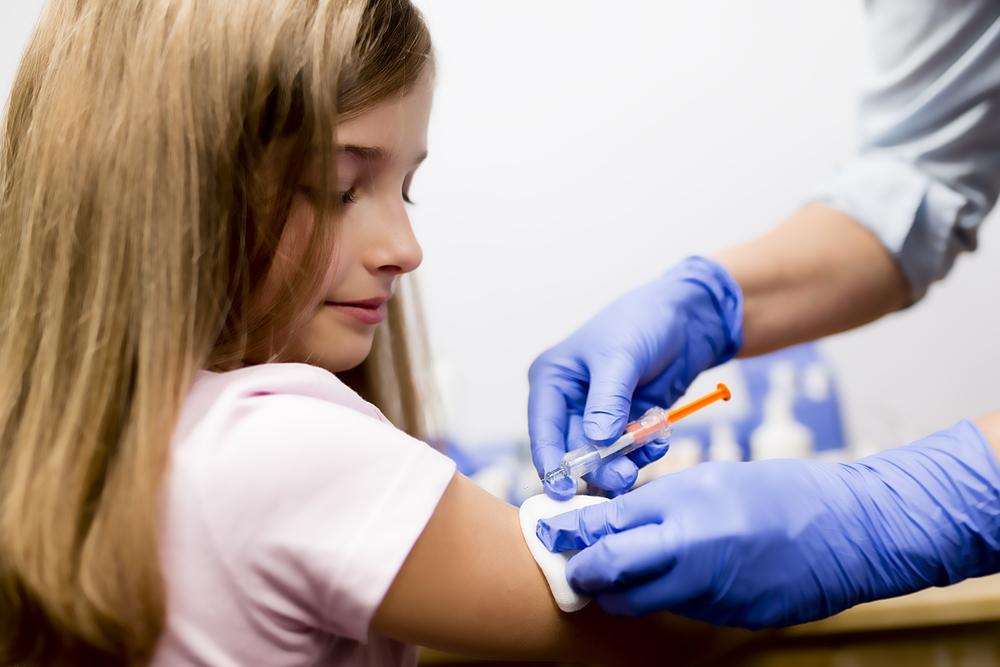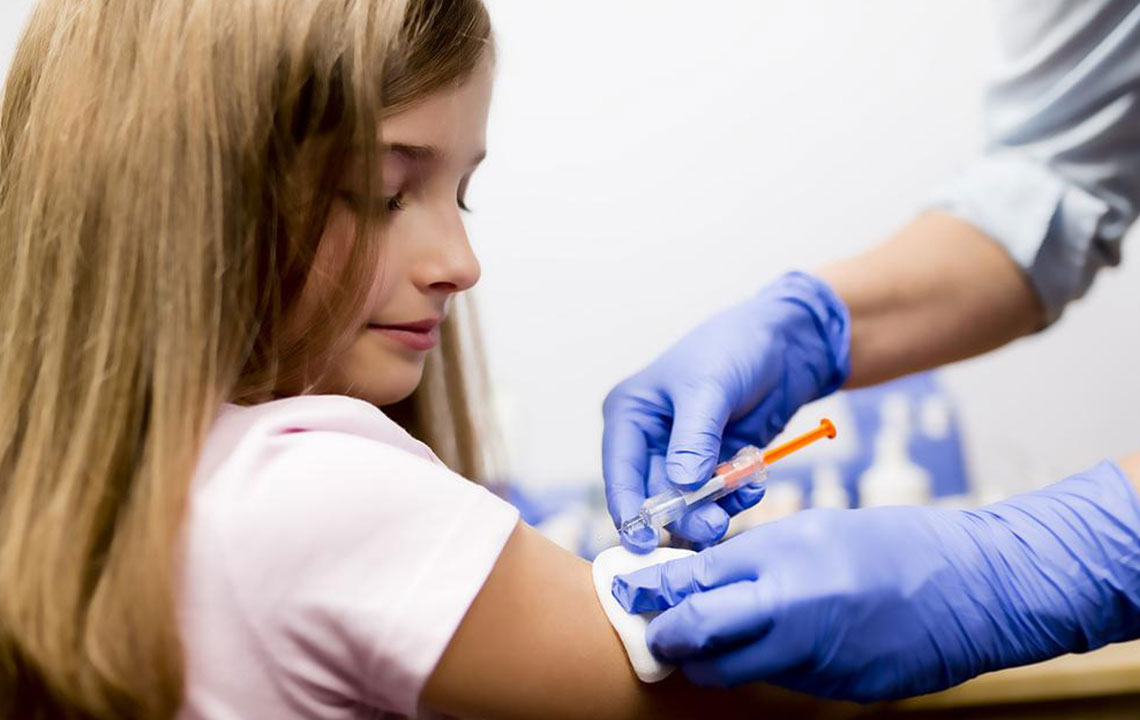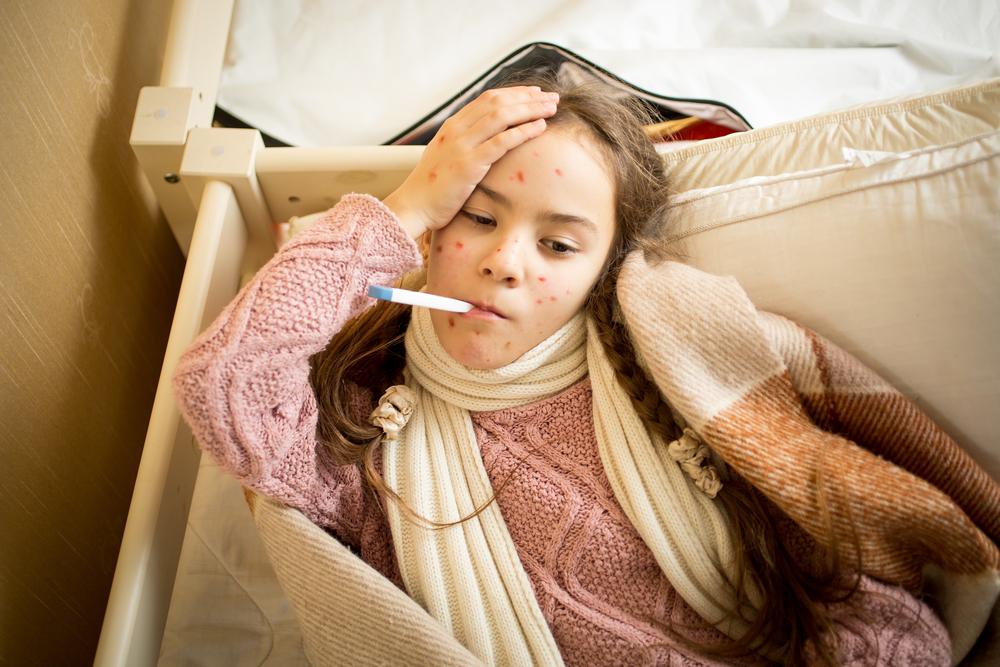Comprehensive Guide to the MMR Combination Vaccine for Mumps, Measles, and Rubella Prevention
This comprehensive guide explains the importance, components, mechanism, schedule, benefits, precautions, and side effects of the MMR vaccine. It highlights the critical role this vaccination plays in preventing mumps, measles, and rubella, protecting public health and individual well-being. Learn everything you need to know about the MMR vaccine to make informed health decisions.

Comprehensive Guide to the MMR Combination Vaccine for Mumps, Measles, and Rubella Prevention
The MMR vaccine, a crucial immunization administered worldwide, offers protection against three highly contagious viral diseases: mumps, measles, and rubella. This vaccine not only safeguards individual health but also plays a vital role in public health by preventing outbreaks and protecting vulnerable populations, including pregnant women and infants. In this comprehensive guide, we explore the purpose, components, working mechanism, administration schedule, benefits, precautions, and potential side effects of the MMR vaccine, helping you make informed decisions about vaccination.
Understanding the Purpose of the MMR Vaccine
The primary objective of the MMR vaccine is to prevent three serious viral infections that can have severe health consequences if contracted. Rubella, also known as German measles, poses a significant risk during pregnancy; infection can lead to congenital rubella syndrome, resulting in birth defects such as deafness, cataracts, heart defects, and developmental disabilities. Mumps, though often mild in children, can cause complications like orchitis, which can lead to infertility in males. Measles is notorious for its high contagion level and can cause complications such as pneumonia, encephalitis, and even blindness in children.
Vaccination with the MMR shot provides an effective shield against these infections, significantly reducing their incidence rate worldwide. Early immunization, especially during childhood, is key to ensuring lifelong immunity and safeguarding future generations.
Ingredients and Brand Names of the MMR Vaccine
The MMR vaccine is composed of live, attenuated (weakened) strains of the viruses responsible for measles, mumps, and rubella. These weakened viruses stimulate the immune system to recognize and fight the actual viruses if exposed in the future. The vaccine is manufactured under various brand names globally, with M-M-R II being one of the most well-known and widely used formulations.
Each dose contains specific quantities of viruses: for example, a typical 0.5 ml dose includes at least 1,000 CCID50 of measles virus, 12,500 CCID50 of mumps virus, and 1,000 CCID50 of rubella virus. These quantities ensure effective immunogenicity while maintaining safety for recipients.
How the MMR Vaccine Works
Once administered, the live attenuated viruses in the vaccine stimulate the body's immune response. The immune system detects the weakened viruses as foreign invaders and produces specific antibodies, which provide immunity against future infections. These antibodies recognize and neutralize the viruses if they are encountered later, preventing illness or reducing its severity.
This process also involves the development of memory cells, which help the immune system respond swiftly and effectively upon re-exposure to the pathogens. This adaptive immunity is crucial for long-term protection and is the foundation of vaccine success.
Guidelines for Vaccine Administration
The MMR vaccine is recommended primarily for children aged 12 months and older. The vaccination schedule typically involves two doses: the first dose at 12-15 months of age and a second booster dose between 4-6 years of age. However, the vaccine can be given at any age, provided the individual has not previously been vaccinated or infected.
In some cases, such as during outbreaks or for international travel, adults who have not been vaccinated or lacked natural infection history may also receive the vaccine. Healthcare providers evaluate each individual’s health status, vaccination history, and potential risks to determine the best timing and dosage.
Key Uses and Benefits of the MMR Vaccine
The primary purpose of the MMR vaccine is to provide immunity against measles, mumps, and rubella infections. Its benefits extend beyond individual protection, contributing significantly to community health by creating herd immunity—reducing the likelihood of outbreaks and protecting those who cannot be vaccinated due to medical reasons.
Notably, the vaccine is vital during outbreak situations to contain the spread of these contagious diseases. It is especially crucial for non-pregnant women of childbearing age, as vaccination prevents congenital rubella syndrome, thereby avoiding lifelong disabilities in newborns.
Overall, widespread vaccination campaigns have led to dramatic decreases in disease incidence and related mortality, illustrating the vaccine's effectiveness and importance in public health strategies.
Precautionary Measures Before Vaccination
While the MMR vaccine is generally safe, certain precautions are necessary to ensure safety and efficacy. Individuals with a history of severe allergic reactions, especially to vaccine components or eggs, should inform their healthcare provider. Emergency treatments, such as epinephrine, should be available in case of allergic reactions.
Caution is advised for individuals with a history of seizures, cerebral injuries, or fever-prone conditions. Those with immune system concerns, such as untreated HIV infection, should seek medical advice before vaccination. Although the vaccine is safe for most HIV-positive individuals, consultation with a healthcare professional is essential.
Pregnant women must avoid the vaccine, as live viruses can potentially affect fetal development. Breastfeeding women should also exercise caution; live rubella virus can pass into breast milk, although the risk to the infant is low.
Potential Side Effects and How to Manage Them
The MMR vaccine is well-tolerated by most recipients, with minor side effects being common. The most frequent adverse reaction is mild pain, redness, or swelling at the injection site, which usually resolves quickly.
Some individuals may experience mild fever, rash, or fatigue a few days post-vaccination. These symptoms are generally transient and indicate the immune system's response.
Rare side effects include allergic reactions, such as difficulty breathing, swelling, or hives. Neurological issues, like febrile seizures, are extremely uncommon but possible. Other less frequent reactions include swelling of lymph nodes, joint pain (more common in adolescents and adults), and respiratory symptoms.
If severe reactions occur, immediate medical attention is necessary. Healthcare providers can guide on managing mild post-vaccine symptoms and report adverse events for ongoing safety monitoring.
Overall, the benefits of the MMR vaccine far outweigh the risks, making it a cornerstone of infectious disease prevention. Routine vaccination schedules and adherence to medical guidelines help maintain immunity levels and protect entire communities from these preventable diseases.





